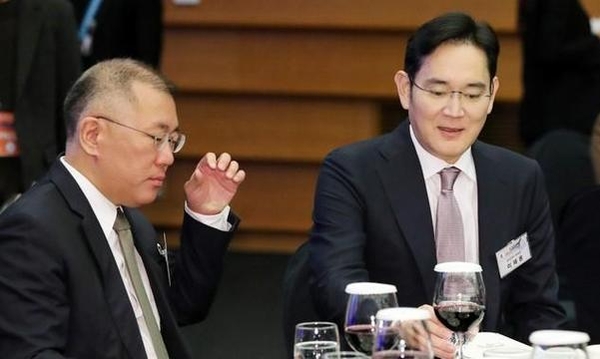Input 2021.01.28 12:08 | Revision 2021.01.28 13:37
According to the automotive industry on the 28th, Hyundai Motor Company will apply a new side mirror system using cameras and display devices to the first electric vehicle’Ioniq 5’based on the electric vehicle platform’E-GMP’. As in the past, consumers can choose a basic side mirror that uses a regular mirror or a side view camera as an option. In this case, they can see the back and surroundings of the vehicle using the camera and display screen.

Compared to a liquid crystal display (LCD), OLED has the advantage of being easy to apply to high-end interiors due to its bendable property. Unlike LCDs that emit light from a backlight, which is a backlight, OLEDs express their colors by emitting light. OLED is thin and light in weight because it does not necessarily need a backlight that goes into the LCD. Above all, it is possible to implement a design such as bending the left and right sides of the display panel. Unlike LCDs that can fit into an instrument panel or navigation, it can be mounted in every corner of the vehicle.
The contract for supplying OLED for vehicles is significant in that it is a 10-year contract between Hyundai Motor Company and Samsung. Samsung Display signed a contract to supply 8-inch LCDs for navigation in 2011 and supplied supplies for 3 years, but there was no business cooperation thereafter.
The display industry predicts that the amount of supply to be used for in-vehicle entertainment displays will continue to increase in the future. According to IHS Markit, a global market research institute, the shipment of OLED panels for vehicles is expected to increase from 110,000 units last year to 4.6 million units in 2026.
